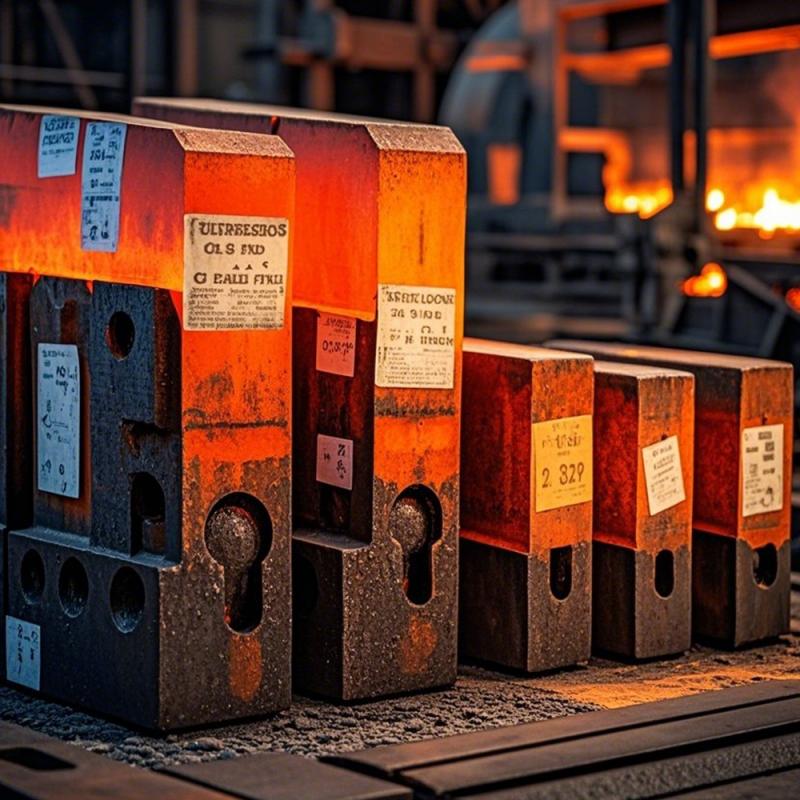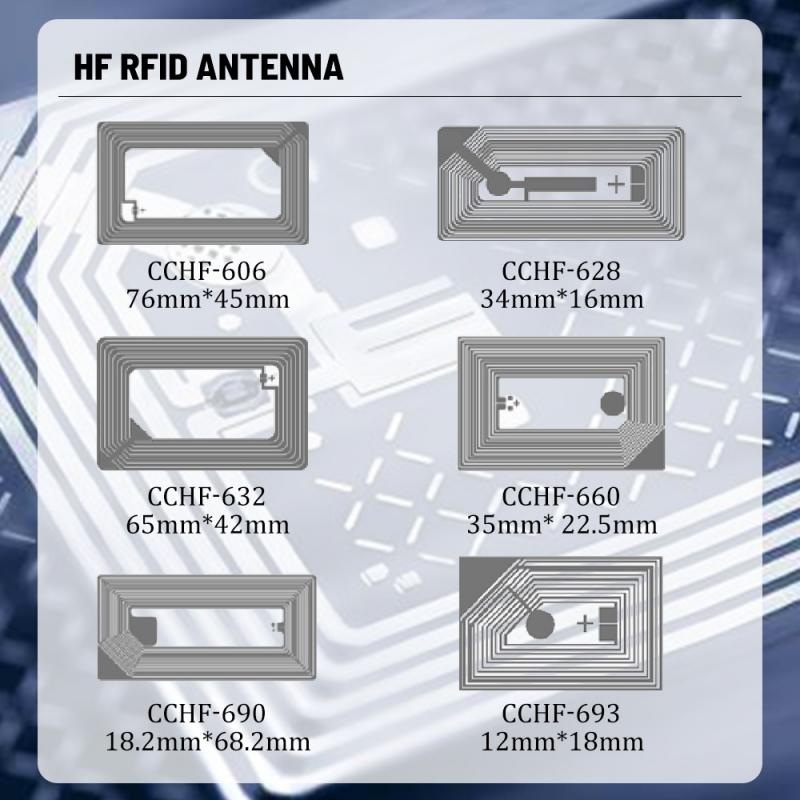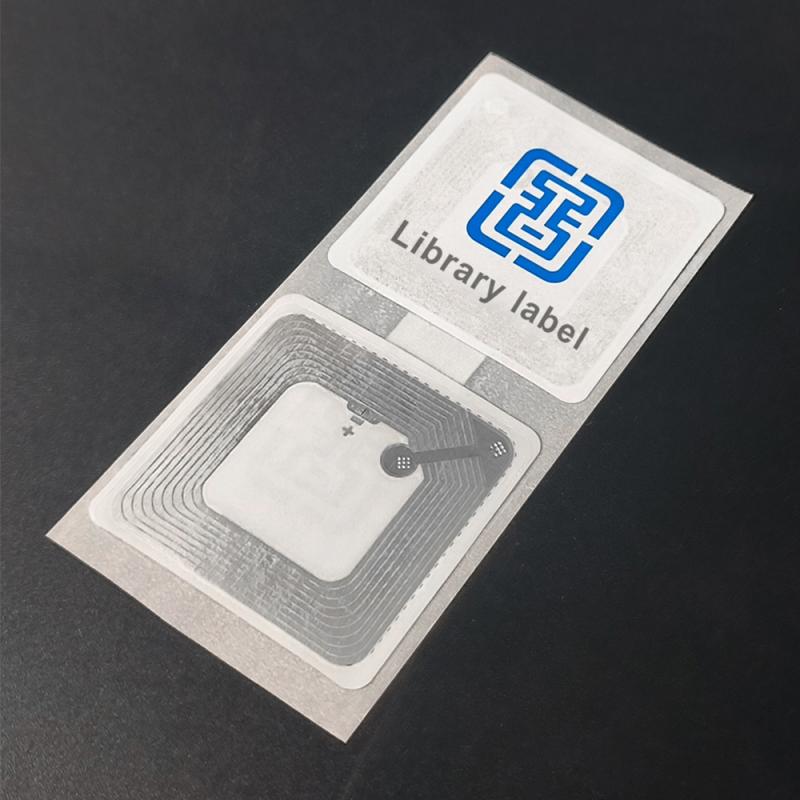Why UHF RFID Vehicle Tag Improves Warehouse Efficiency
By hqt
UHF RFID Vehicle Tag is changing how warehouses move, count, and protect goods. It reads fast. It reads from a distance. It works in cold rooms, loading yards, and noisy lines. Teams no longer stop to scan or realign labels. Errors fall. Throughput rises. Data is written on the tag, so batches and maintenance stay visible. Managers see what moved, when, and where. Costs drop without complex upgrades. But the real gain is not only speed. It is control. How do leading sites unlock it in days, not months? Let’s open the doors and see.
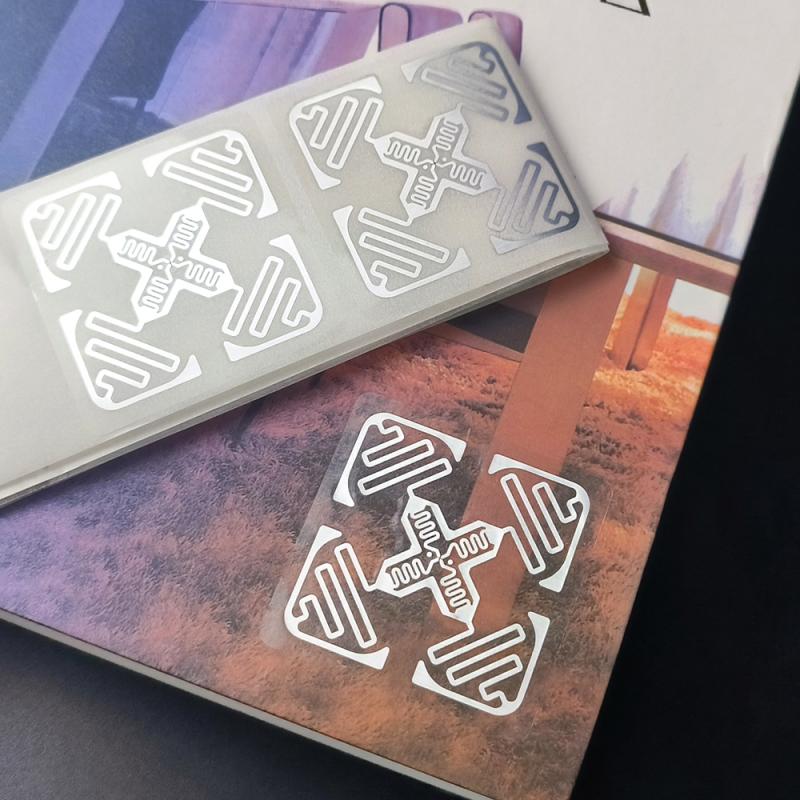
The Operational Gap We Solve
Most warehouses still juggle barcode scans, manual logs, and line-of-sight checkpoints. These steps slow forklifts, create blind spots, and introduce errors when pallets change hands. Bottlenecks often appear at dock doors, high-bay aisles, and cross-docking lanes. When teams can’t see real-time location or status, they overstock safety inventory, miss dispatch windows, and spend hours reconciling discrepancies. The cost is not only labor; it’s lost throughput and customer trust.
Crystal Code’s approach centers on the UHF RFID Vehicle Tag as a simple, durable anchor for fast, automated identification. Because the tag travels with the vehicle – and can also be applied to racks, bins, or high-value assets – you capture the movement without stopping the flow. It’s a small change that enables big gains in inventory accuracy and dock-to-stock speed, two vital long-tail keywords for decision-makers evaluating modern intralogistics.
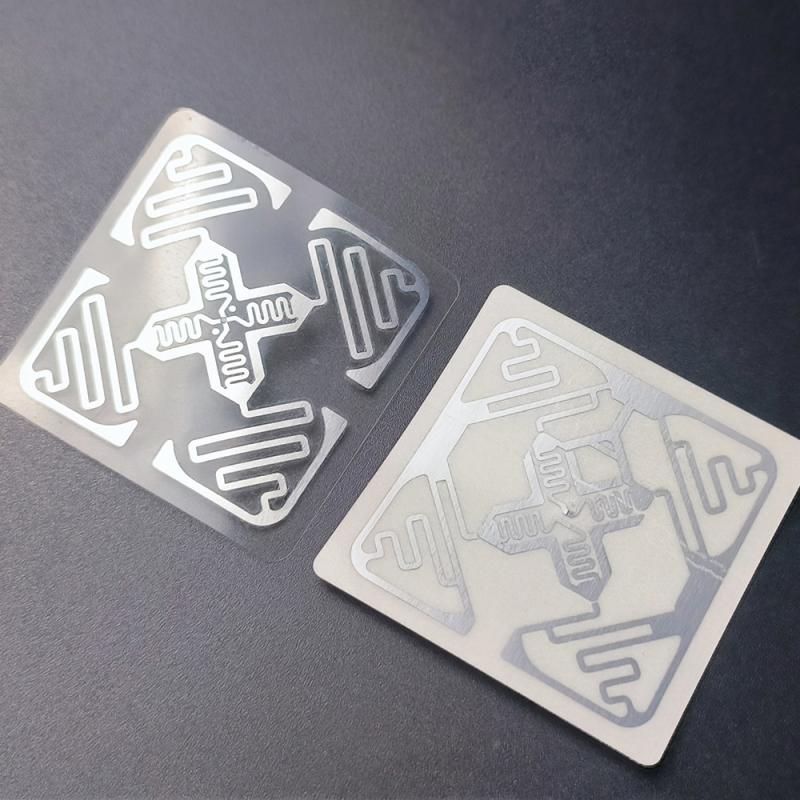
How Crystal Code Tags Lift Real Warehouse KPIs
Our UHF RFID Vehicle Tag blends near-field precision with flexible long-range reading. That means your team gets instant reads at close distance, plus consistent capture across wider zones. In practice, forklifts don’t slow down to “aim.” Conveyor lines don’t need rework to keep items aligned. Supervisors gain real-time visibility without adding steps or screens.
- Speed And Accuracy, Without The Friction
In fast-moving environments, every second matters. With near-field precision, a reader can scan over 200 items in 1 second (depending on reader power) – more than 2x the efficiency of manual scanning. That eliminates the stop-and-scan routine and reduces handling time across inbound, putaway, and cycle counts. Dynamic recognition from 3 to 15 meters supports high-speed forklift passes and conveyor movement without precise alignment. You get robust capture while vehicles keep moving, shrinking dwell time at choke points.
- Built To Survive Real-World Conditions
Warehouses and yards are tough on hardware. Our labels offer anti-metal and waterproof (IP68) options with a -40°C to 85°C resistance range, so deployments stay stable in cold rooms, outdoor staging, and automotive manufacturing cells. Materials include Paper, PET, ABS, Epoxy, and PC, with attachment choices like pressure-sensitive adhesive, rivets, or epoxy. The result: tags that last through bumps, moisture, and temperature swings – without maintenance sprints.
- Data You Can Trust And Extend
Every tag carries a globally unique 96-bit EPC. The user memory can store production dates, batch numbers, and maintenance records, with optional 4 KB and configurations from 32-bit to 8 KB. Rewrite cycles exceed 100,000+, so process changes won’t strand legacy data. The platform aligns to EPC Class 1 Gen 2 (ISO/IEC 18000-63) and the 860-960 MHz global UHF range, so you scale confidently across regions and partners.
What You Gain On Day One
Below are the capabilities operations leaders highlight after turning on Crystal Code’s UHF RFID Vehicle Tag. Most notice faster flow within the first week, with measurable savings following behind.
✅ Performance And Standards (At A Glance)
• Read Range: Passive 0.5-12 m; Active 30-100 m
• Read Speed: Up to 200 tags/sec
• IP Rating: Paper IP54; Industrial IP67/IP68
• Protocol: EPC C1G2 / ISO/IEC 18000-63
• EPC Memory: 96-bit or 128-bit; User memory up to 8 KB (optional)
• Materials: Paper/PET/ABS/Epoxy/PC
• Metal Performance: Anti-metal models available (3-10 dB gain)
• Approvals: CE, FCC, IC, RoHS, REACH
- Throughput, Visibility, And Safety
• Faster Dock-To-Stock: High-speed reads eliminate queueing at portals and staging lanes.
• Higher Inventory Accuracy: Real-time movement reduces write-offs and emergency cycle counts.
• Safer Traffic Flow: No line-of-sight scanning means fewer sudden stops and clearer lanes.
• Flexible Integration: Works with gates, portals, handhelds, and fixed readers – no exotic infrastructure.
- Less Complexity, More Control
While barcodes require clean sightlines, UHF RFID Vehicle Tag captures the motion of work itself. You can assign tags to vehicles, pallets, or zone markers and let automation do the rest. Store batch numbers and maintenance records on-tag to speed audits. Use active options for long-range yard management and passive tags for cost-effective indoor tracking. Because everything aligns to open standards, your WMS and MES teams integrate once and avoid lock-in.
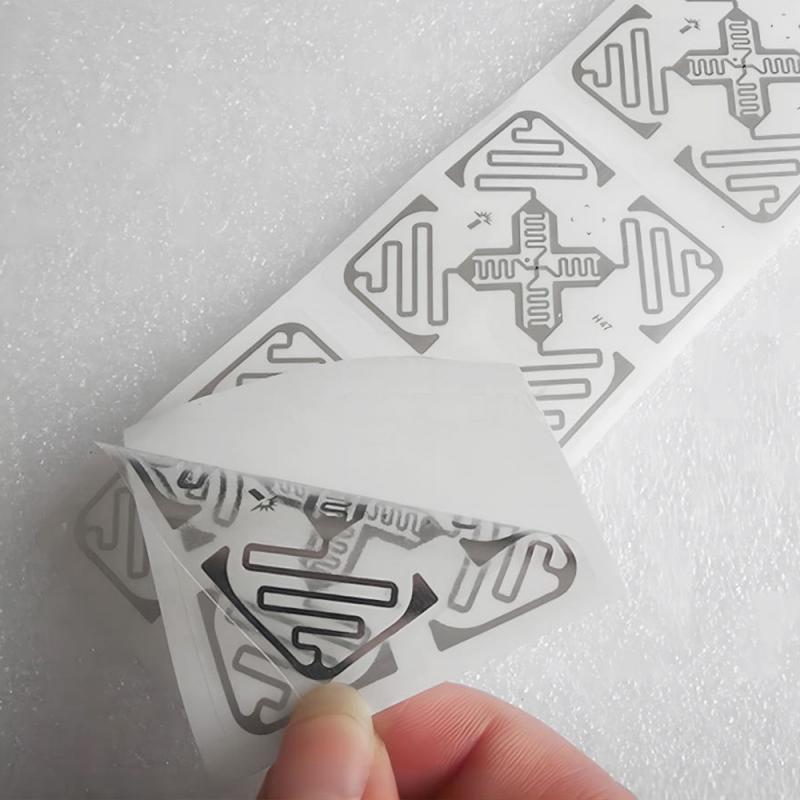
At Crystal Code, we design every UHF RFID Vehicle Tag to resist the realities of material handling and to surface the data that planners need: what moved, when, and where. If your goals include warehouse inventory accuracy or smart gate access control, we can help you reach them with minimal disruption.
Call To Action: Ready to simplify scanning, accelerate flow, and see your floor in real time? Contact Crystal Code to pilot UHF RFID Vehicle Tag in one high-impact lane and prove the ROI within weeks.
- Agodeo inkjet vinyl sticker paper
- AIVA printable vinyl sticker paper
- best inkjet vinyl sticker paper for outdoor use
- cheap printable vinyl sticker paper for outdoor use
- cold chain temperature indicator
- color-change temperature sticker
- Cricut vinyl sticker paper inkjet
- custom vinyl sticker printing
- DIY sticker paper sheets
- durable waterproof sticker paper for inkjet printers
- electronics temperature sticker label
- glossy inkjet vinyl sticker paper
- hot equipment warning sticker
- industrial temperature indicator label
- inkjet sticker paper for Cricut
- matte inkjet sticker paper
- medical temperature indicator sticker
- multi-point irreversible temperature sticker
- Neato vinyl sticker paper
- one-time temperature indicator label
- orajat 1917 printable vinyl
- peak temperature measurement label
- printable vinyl for car decals
- printable vinyl for laptop stickers
- printable vinyl for scrapbooking
- professional quality inkjet vinyl sheets
- reversible temperature monitor label
- self-adhesive printable vinyl
- shipping temperature indicator label
- Tear-resistant sticker paper
- temperature indicator for food safety
- temperature monitoring sticker for transport
- vinyl sticker paper for labels
- waterproof printable vinyl paper
- where to buy inkjet vinyl sticker paper





